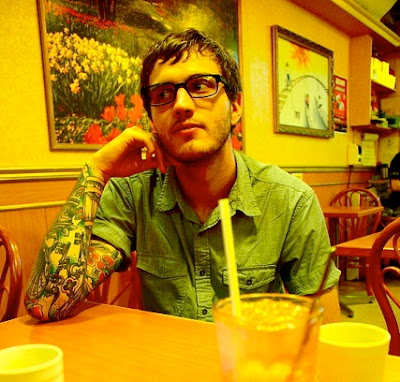I’m going to live in South America for a bit…
Here’s the story:
What feels like quite some time ago I applied to a
not-for-profit organization that was in search for a volunteer chef. The job seemed both interesting and in line
with my values in life and what I like to do, however at the time, I didn’t
expect much to come from the application.
To my surprise, a month or so later they informed me that I was one of a
few potential chefs being considered out of a flatteringly large group of 120
applicants. I got to play phone tag with
the organizations headquarters in San Francisco for my interview, and later
speak directly with whom I would be conceivably working with. It was surreal for me to even humor the
possibility then, and it was equally as surreal when they chose me for the
position. Conversely, with the start
date rapidly approaching, the reality of this has hit me hard and as I am to
leave in about 10 days, I hoped to share how this came to be…
The organization I applied to is Conservacion Patagonica, a
project that has been in progress for well over a decade with a focus on the
protection of endangered lands.
Doug
Tompkins, founder of The North Face (allow that to sink in) and his wife
Kristine Tompkins (founder of Esprit clothing) are the creators and chairmen of
the organization. Together, with the
support of donations and volunteer work they have purchased and protected more
than 2,000,000 acres of land already.
I first ever learned about Concervacion Patagonica in the
documentary ‘180 South.’ A film having
the mellowness of a surf video but with a message that reverberated in my head
as if spoken to me from a higher place.
The message that I drew from it most: that our concept of what
“progress” is may be slightly skewed.
‘180 South’
highlights the memories of Doug Tompkins and good friend, Yvon Chouinard
(founder of Patagonia) as they partook on an epic road trip in the late 60’s to
a region in the southern most end of South America known as Patagonia. Getting to see each of them interact and reflect
on what they value as important drew out of me a better understanding of what
matters to me. Yvon explains in the film
that climbing a mountain is useless. You
get to the top and there is nothing there.
But you hope you are a better person from it.
The documentary brings light to chief conservation issues such as
the construction of hydroelectric dams in Patagonia. Doug articulates skewed progress in the end
of the feature as he asks: when at the very peak of a mountain, is taking
another step truly moving forward, or is it when you do a complete 180 degree
turn and step forward.
The image I
believe to be intended is that though we imagine the direction we are moving to
be progress, sometimes we are moving in the wrong track. Occasionally improvement may be the contrary
direction to the one you are going in. At
least that is the conclusion Doug and Yvon reached on their self-reflective
journey. And from it, they have
recognized the value in protecting the very wilderness that gave them such convicting
ideals.
It’s this precise initiative of internal reflection that invited
me both to the region of Patagonia and to pursuing a position at it where I will
make no money. I too subscribe to the
value of protecting the few genuinely wild places left in this world. And just as Yvon put it, whether there is a
point to me being there or not, I hope to be a better person from it.
Conservacion Patagonica is currently working on building it’s
second National park. This time in the XI
Aysen Region of Chile. A 650,000-acre area,
which was formerly fenced-off pastures for grazing livestock. The intent of this Park (equivalent in size
to Yosemite) is to restore the natural habitat damaged by decades of grazing
and protect the local species such as the endangered huemul deer and the puma.
The central location of the park houses a six-roomed Eco
lodge and restaurant named The Lodge at Valle Chacabuco. It is at this lodge,
rated in the top 12 hotels in Chile by Outside Magazine, which I will be working. Along side another volunteer to handle front
of the house and two local fulltime staff to manage the rooms, we will be a
team of four to handle all aspects of any guests stay. It is to my understanding that the primary
demographic of visitors at this stage of the park is investors. However as of December 2011, the park has
been open to the public.
The restaurant will get many if not most of its vegetables from the on premise green house, and many of its meets from the parks livestock of sheep.
I will be living in a house near by with the rest of the
volunteer staff on the park. In my free
time I hope to get to camp, fish and explore what the park has to offer. The area first got the attention of avid fly
fishers and so it felt appropriate to pick myself up a rod as well.
As I mentioned before, I will be leaving very soon… And I
have quite the journey ahead of me.
After four flights and a fourteen-hour layover in Mexico City I will at
last be in the area! From there I will take a short bus ride to the Capitol of
Aysen Region, Coyhaique, Chile, and stay the night in a hostel. The next day I take an eight-hour bus ride to
the park and will be settling in to my new surroundings as I bring in the New
Year. So until then, Happy holidays and
safe travels! Especially to me!




















































